10 Best Herbal Creams For Shingles
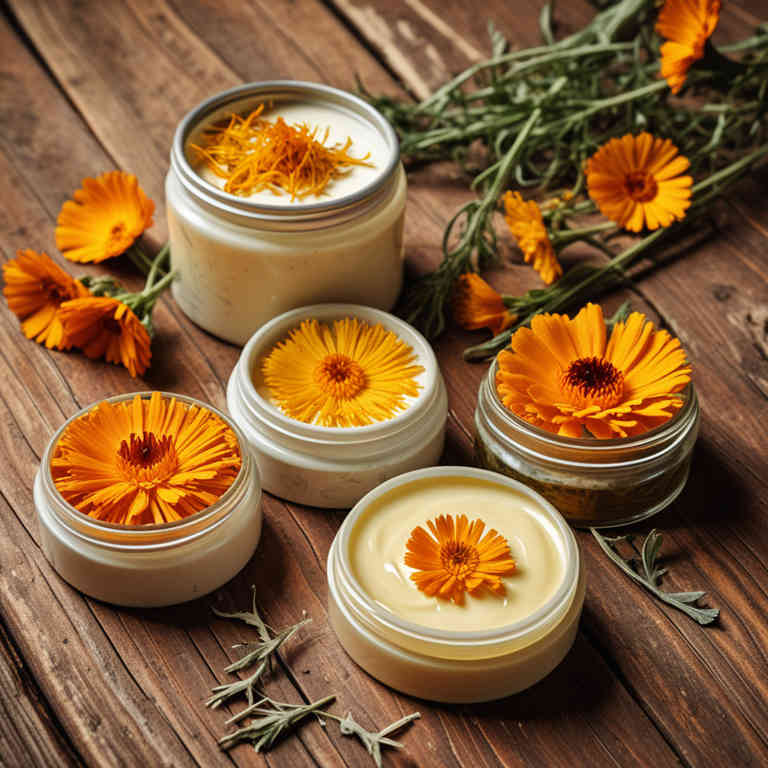
Herbal creams for shingles are topical treatments that combine natural ingredients to alleviate the pain and discomfort associated with the condition.
These creams often contain soothing herbs such as calendula, chamomile, and aloe vera, which are known for their anti-inflammatory and healing properties. They can help reduce redness, swelling, and itching while promoting skin repair. While they are not a cure for shingles, they can complement conventional treatments like antiviral medications.
It is important to consult a healthcare provider before using herbal creams, especially if you have sensitive skin or are taking other medications.
FREE Herb Drying Checklist
How to make sure every batch retains maximum flavor, color, and aroma without the risk of mold or over-drying. Eliminate guesswork and trial-and-error, making herb drying faster, easier, and more efficient every time.
Table of Contents
1. Hypericum perforatum
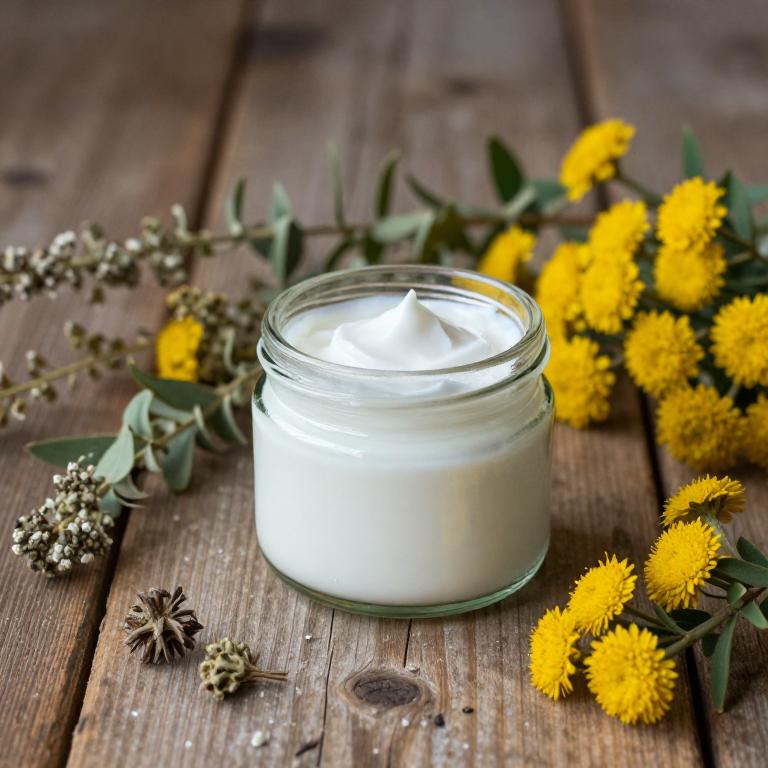
Hypericum perforatum, commonly known as St. John's Wort, is often used in herbal creams for the treatment of shingles, a painful rash caused by the varicella-zoster virus.
These creams typically contain hypericin and hyperforin, which are believed to have anti-inflammatory and analgesic properties that may help reduce the intensity of shingles-related pain. While some studies suggest that topical application of St. John's Wort may offer relief, it is important to note that its effectiveness for shingles has not been conclusively proven by large-scale clinical trials. Additionally, St. John's Wort can interact with various medications, so it is crucial to consult a healthcare provider before using it, especially if other treatments are already in progress.
Despite its popularity as a natural remedy, it should not replace conventional medical treatments for shingles without professional guidance.
2. Achillea millefolium
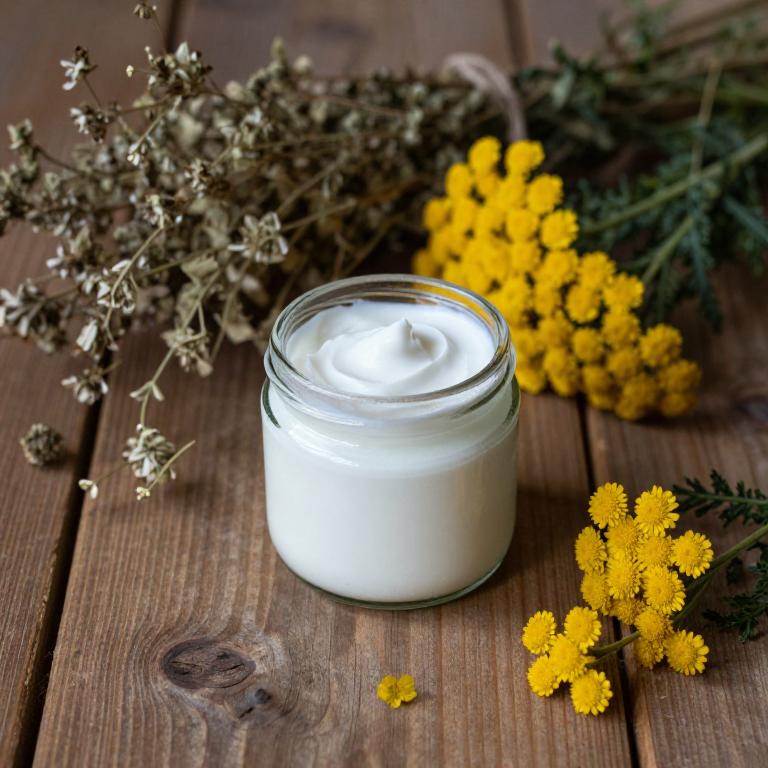
Achillea millefolium, commonly known as yarrow, has been traditionally used in herbal medicine for its anti-inflammatory and antiseptic properties.
Herbal creams containing Achillea millefolium may offer potential relief for individuals suffering from shingles, a viral infection caused by the varicella-zoster virus. These creams are often formulated with other soothing ingredients like calendula or chamomile to enhance their therapeutic effects. While there is limited scientific evidence specifically supporting the use of yarrow-based creams for shingles, some users report reduced pain and irritation when applying such topical treatments.
As with any herbal remedy, it is advisable to consult a healthcare professional before using Achillea millefolium cream, especially for those with sensitive skin or existing medical conditions.
3. Echinacea purpurea
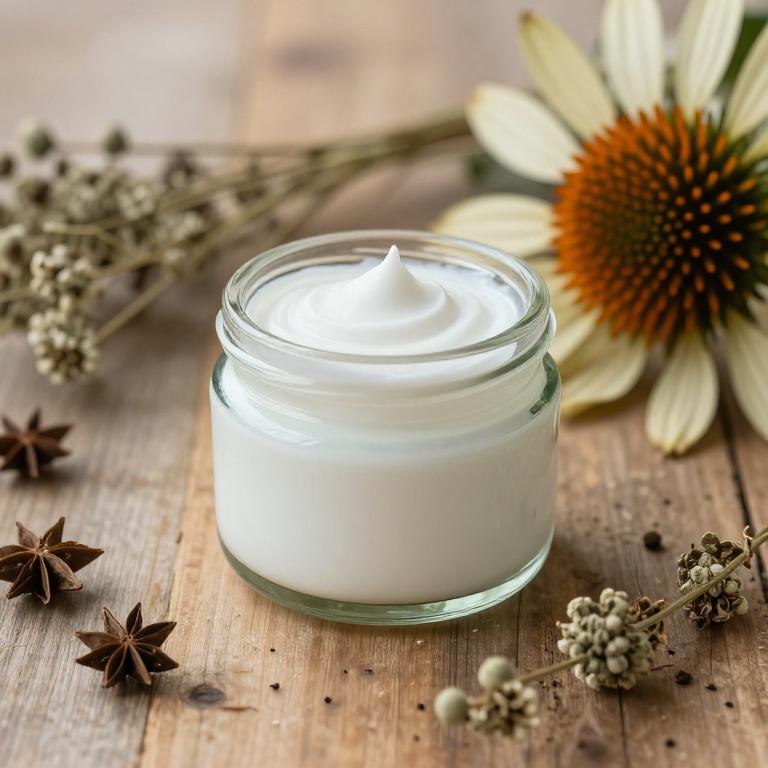
Echinacea purpurea, commonly known as purple coneflower, is a popular herbal remedy often used in the formulation of creams for shingles, a painful rash caused by the varicella-zoster virus.
These creams typically combine echinacea with other anti-inflammatory and soothing ingredients to help alleviate the burning, itching, and pain associated with shingles. While echinacea is believed to support the immune system, its effectiveness in treating shingles specifically is still under research, and results may vary among individuals. Some studies suggest that topical application of echinacea-based products may reduce inflammation and promote skin healing, though more clinical evidence is needed to confirm these benefits.
As with any herbal remedy, it is advisable to consult a healthcare professional before using echinacea creams, especially for those with sensitive skin or existing medical conditions.
4. Zingiber officinale
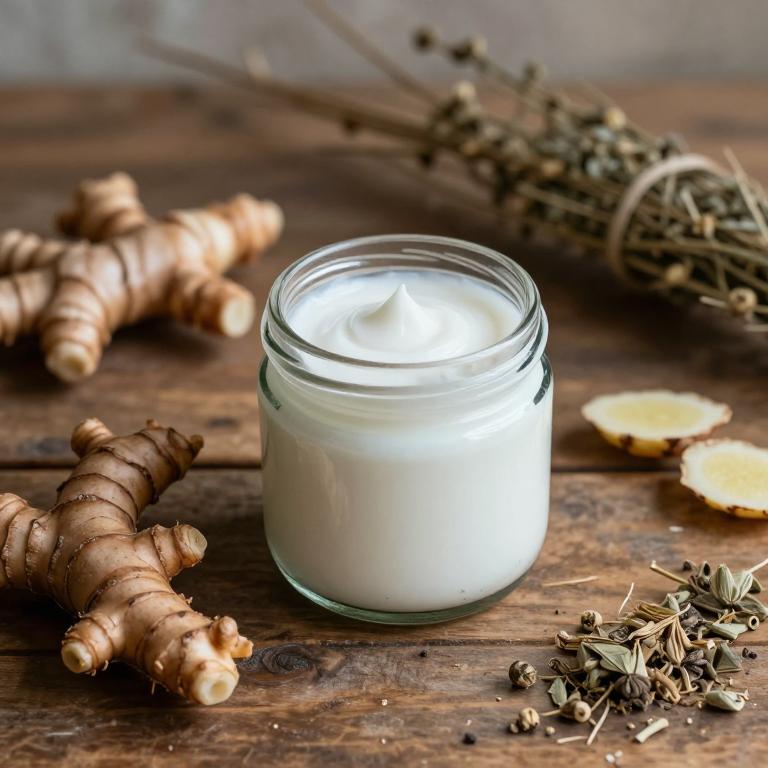
Zingiber officinale, commonly known as ginger, has been traditionally used for its anti-inflammatory and pain-relieving properties, making it a popular ingredient in herbal creams for shingles.
These creams often combine ginger extract with other natural components like turmeric or eucalyptus to enhance their therapeutic effects. The active compounds in ginger, such as gingerol and shogaol, help reduce nerve pain and inflammation associated with shingles. When applied topically, these creams can provide localized relief and support the healing process.
While they are not a substitute for medical treatment, ginger-based creams may serve as a complementary therapy for managing shingles symptoms.
5. Camellia sinensis

Camellia sinensis, the plant from which green and black tea are derived, is often used in herbal creams for its anti-inflammatory and soothing properties.
These creams may be formulated with extracts from Camellia sinensis to help alleviate the pain and irritation associated with shingles, a viral infection caused by the varicella-zoster virus. While there is limited scientific evidence supporting the efficacy of Camellia sinensis-based creams for shingles, some users report reduced discomfort and faster healing when using these natural products. It is important to consult a healthcare provider before using any herbal remedy, as shingles can require antiviral medications for effective treatment.
Overall, Camellia sinensis herbal creams may offer complementary relief but should not replace conventional medical care for shingles.
6. Salvia officinalis
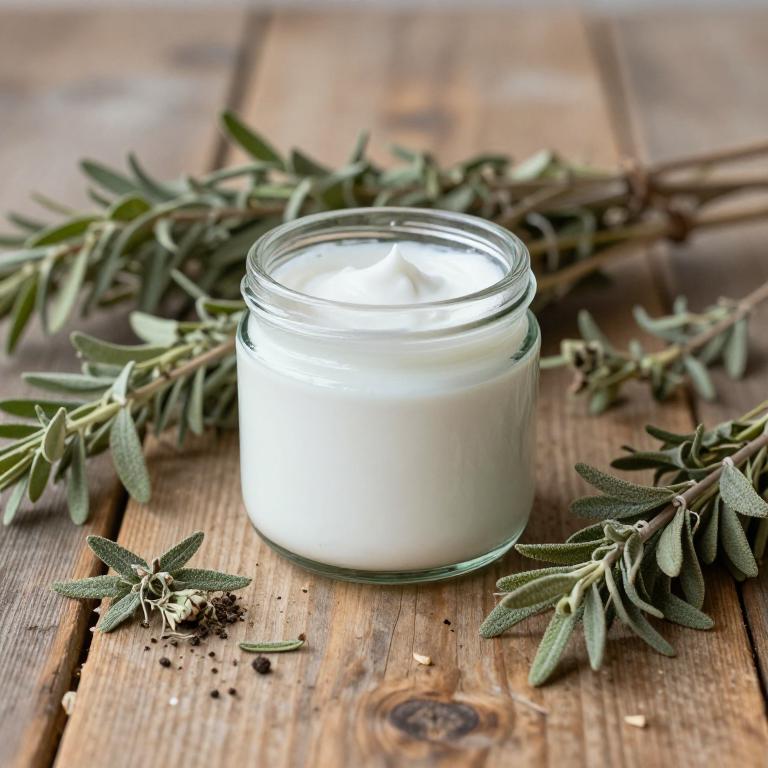
Salvia officinalis, commonly known as sage, is a traditional herbal remedy that has been used for centuries to support skin health and healing.
Herbal creams containing salvia officinalis are often formulated with other natural ingredients like camphor, menthol, or lavender oil to enhance their soothing and anti-inflammatory properties. These creams are believed to help alleviate the pain, itching, and burning sensations associated with shingles by promoting skin repair and reducing irritation. While they are not a substitute for medical treatment, they can be a complementary option for individuals seeking natural relief.
It is important to consult with a healthcare provider before using any herbal remedy, especially for conditions like shingles that may require antiviral medication.
7. Rosa canina
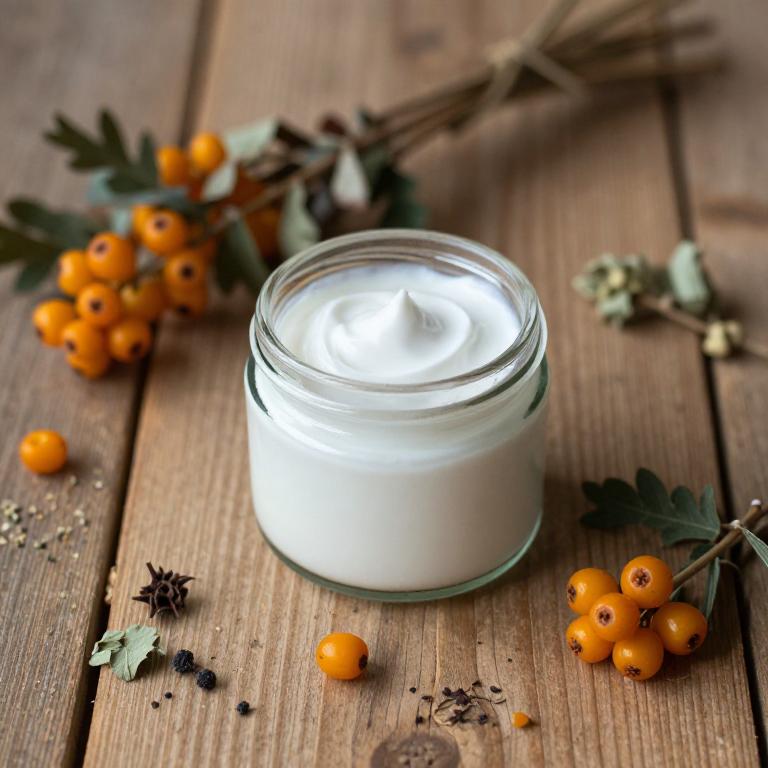
Rosa canina, also known as rosehip, is a natural ingredient commonly used in herbal creams for the treatment of shingles, a viral infection caused by the varicella-zoster virus.
These creams often contain rosehip oil, which is rich in essential fatty acids, antioxidants, and vitamins that help reduce inflammation and promote skin healing. The anti-inflammatory properties of Rosa canina may help alleviate the pain and irritation associated with shingles blisters. Additionally, the moisturizing effects of rosehip oil can soothe dry, sensitive skin and support the skin's natural regeneration process.
While Rosa canina herbal creams are not a cure for shingles, they can serve as a complementary therapy to ease symptoms and enhance overall skin recovery.
8. Chamomilla recutita
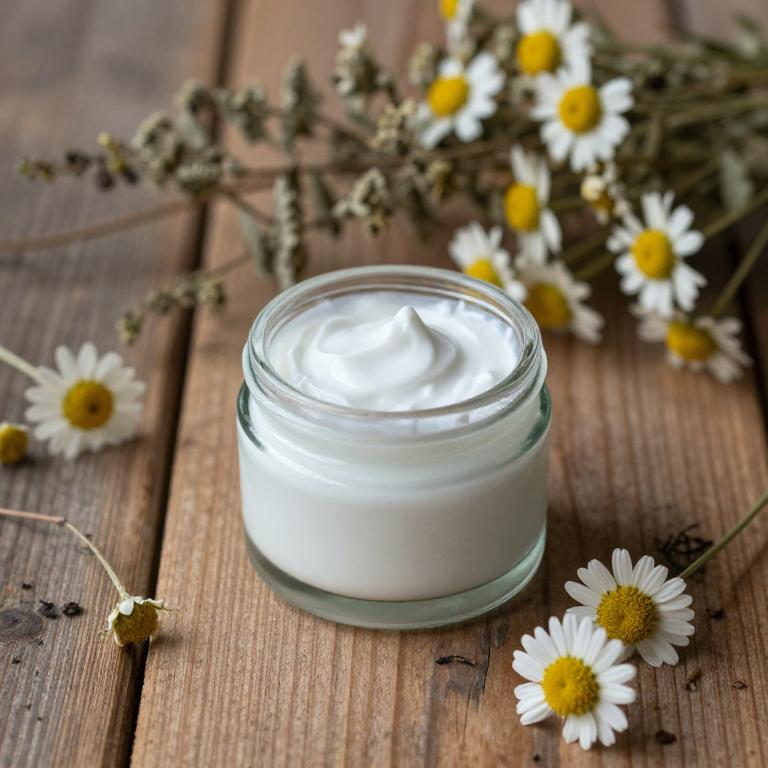
Chamomilla recutita, commonly known as German chamomile, is often used in herbal creams for its soothing and anti-inflammatory properties.
These creams are typically formulated with chamomile extract, which contains compounds like bisabolol and flavonoids that may help reduce pain and inflammation associated with shingles. When applied topically, chamomile-based creams can provide relief from the burning and tingling sensations characteristic of shingles. While they are not a substitute for antiviral medications, they can be a complementary therapy to support symptom management.
However, it is important to consult a healthcare provider before using any herbal remedy, especially if you have known allergies or are taking other medications.
9. Arnica montana
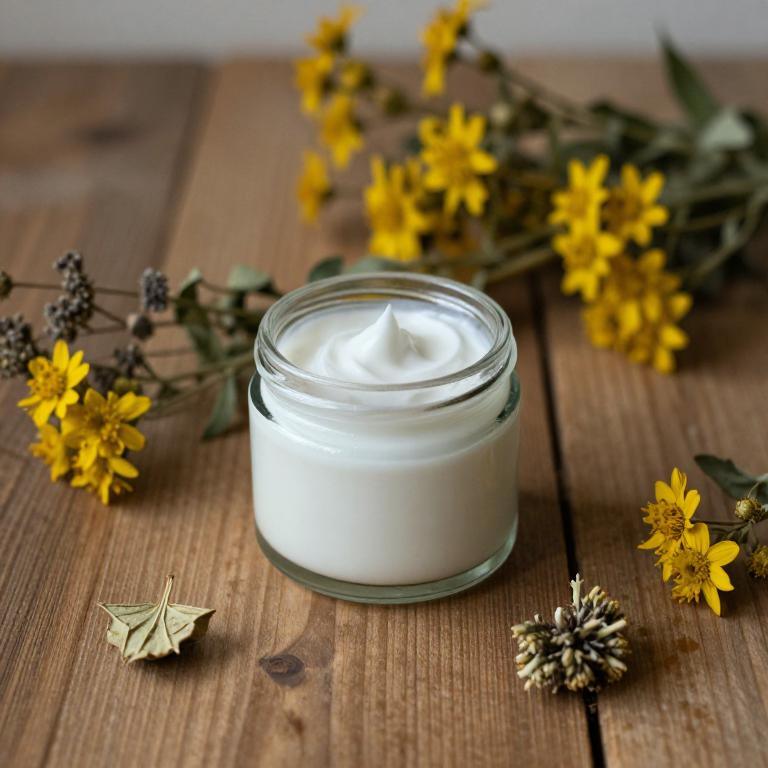
Arnica montana herbal creams are commonly used as a natural remedy for alleviating the pain and inflammation associated with shingles, a viral infection caused by the varicella-zoster virus.
These creams typically contain a concentrated extract of the Arnica montana plant, which is known for its anti-inflammatory and analgesic properties. While they can provide temporary relief from the burning, tingling, and pain caused by shingles, they are not a substitute for antiviral medications prescribed by a healthcare provider. Some studies suggest that arnica may help reduce the severity and duration of shingles symptoms when used in conjunction with conventional treatments.
However, it is important to consult with a healthcare professional before using arnica creams, especially for individuals with sensitive skin or those taking other medications.
10. Curcuma longa
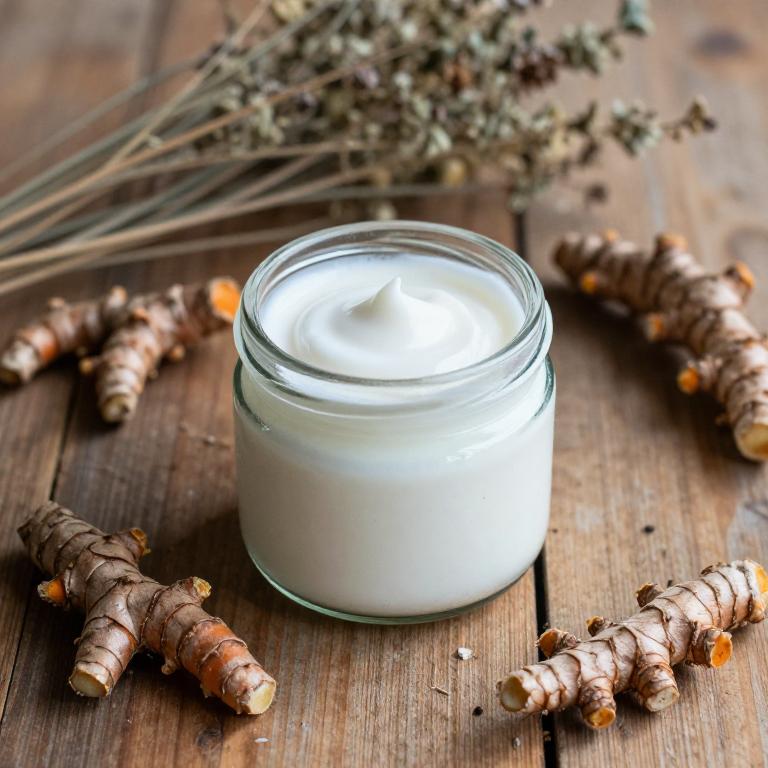
Curcuma longa, commonly known as turmeric, contains curcumin, a compound known for its anti-inflammatory and antioxidant properties.
Herbal creams infused with curcuma longa are increasingly being used as a complementary treatment for shingles, a painful rash caused by the varicella-zoster virus. These creams may help reduce inflammation and pain associated with shingles by inhibiting inflammatory pathways in the body. However, while some studies suggest potential benefits, more clinical research is needed to confirm their efficacy and safety for this specific condition.
It is important to consult a healthcare professional before using any herbal remedy, especially for a viral infection like shingles.